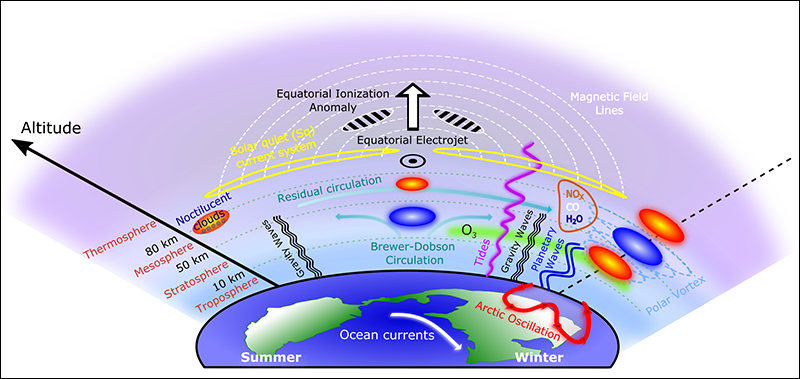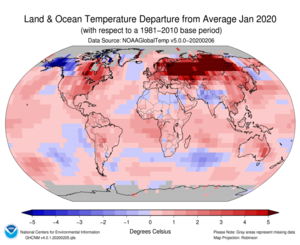St. Phatty
Active member
I like this analogy, remember the 70/80's when doctors told us that washing your hands too often was obsessive/compulsive? It turns out to be appropriate these days, even recommended by science. Well that's how i consider todays 'preppers', people think they're nuts, i think they're ahead of their time....
Actually most of the stuff preppers do is sort of similar to what Mormons (and the Amish) do - 1 year's worth of quality food, etc.
when Yuppies do it it can get pricey because they buy MRE's they never eat.
I think a lot of prepper stuff is just good financial planning.
as far as the handwashing, with the Corona virus, the one thing that the WHO agrees with the pro's is, handwashing is a good response for those living in the affected areas.







 :
:




